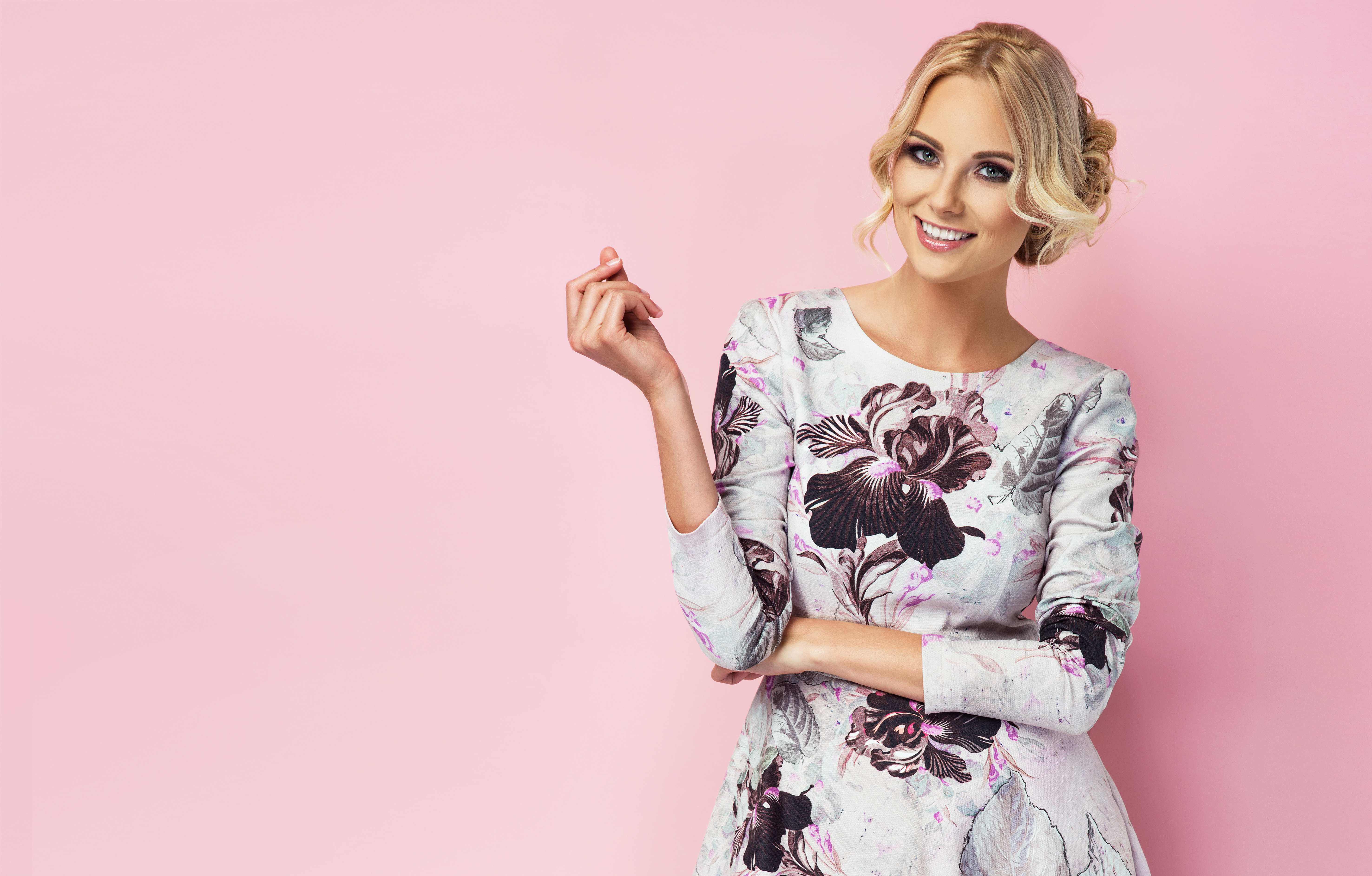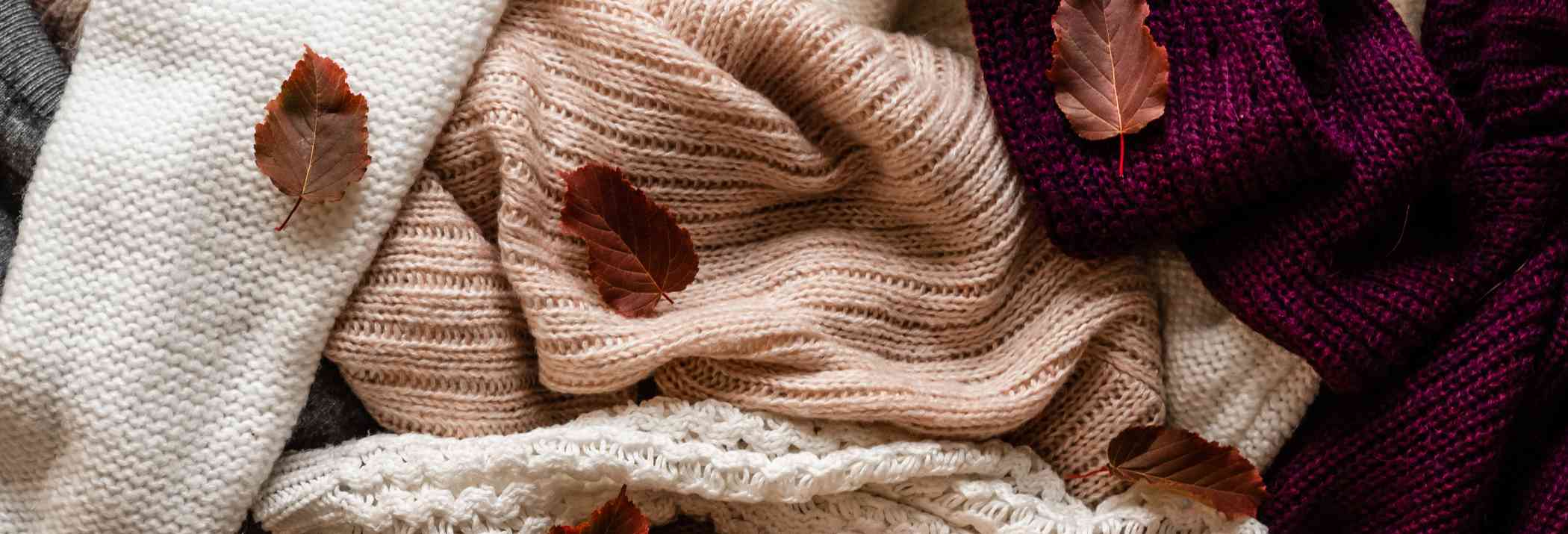Why Digital Transfer Solution Is the Better Option for T-Shirt Printing

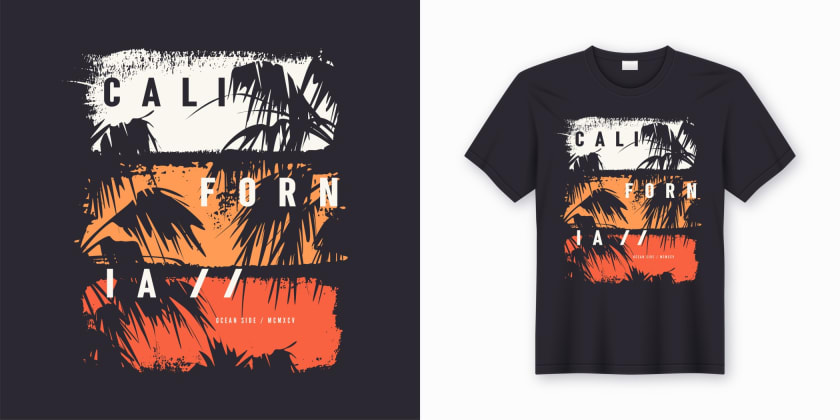

Introduction
In recent decades, t-shirts have become almost everyone's go-to piece of casual attire. T-Shirt Printing Design is always in high demand. Unique in the fashion world, it will never go out of style. All of these factors combine to make it a lucrative venture.
But where do you even begin with T-Shirt Printing Design?
In T-Shirt Printing Design, many printheads ensure high-quality resolution and designs that enable a fast production rate. However, as the printheads are held close to the fabric, many materials and types of fabric cannot be used for a digital fabric print. For instance, fabric with loose threads can cause damage when they come in contact with print heads.
Digital fabric printers can handle mixed fabric printing with a minimum diversion of 70-30%. For instance, digital fabric printing with reactive inks can be used to print a mixed fabric comprising 70% polyester and 30% cotton.
Transparent t-shirts are printed using heat transfer printing (also known as digital transfer printing). They utilise transfers, which are sheets of transfer material laid on top of the t-shirt, and heat is pressed to apply patterns or pictures to the t-shirt.
A variety of approaches may be used to start a T-shirt printing business. What criteria will you use to choose the best?
Printing on T-shirts vs screen printing
Everyone enjoys experimenting with clothing, whether casual or formal.
Promotional clothing with printed designs has gained popularity. The reason? You can transform your consumers into walking billboards with eye-catching promotional t-shirts.
Two procedures are followed to customise T-Shirt Printing Design and other fashion goods— heat transfer printing or screen printing. One method may be more appropriate than the other, considering several factors.
These factors include:
● Complexity
● Colour
● Durability
● Fabric type
● Order size
Aside from their respective advantages and disadvantages, the two designs are unique, so the client's preference comes into play.
Let's take a look at these two imprinting techniques.
Beginner's guide to heat-transfer printing
Heat transfers are used to print images on t-shirts and other textiles by applying heat and pressure to the material. Vinyl and digital print are two types of heat transfer technology. Both processes need a heat press.
What is a vinyl heat transfer in the process of T-Shirt printing Design?
Individual letters and graphics are carved out of coloured vinyl using a machine. After that, the image is sewn together on the marketing item and heated to transfer it to the product. This method may be used effectively to print multi-coloured graphics or athletic clothing.
Ink-jet digital print heat transfer
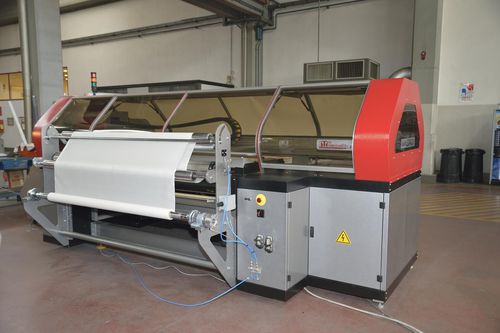
A digital print heat transfer works as a home printer. Soluble ink is used to digitally print the whole graphic picture on high-quality paper. The ink sticks to the substance, and the graphic picture transfers when the paper is heated. This process produces high-resolution graphics on t-shirts and other clothing, suitable for multi-colour patterns. Thermo Transfers are perfect for short runs or applications with many colours. This printing process requires a particular printer, paper, and a heating press to put the pattern in place.
Screen printing
Screen printing, as we know it now, was developed in the 1910s when several printers discovered the contemporary emulsion method. Screen printing (commonly known as silk screening) was not widely utilised until Andy Warhol popularised it in the 1960s. A t-shirt or promotional item is printed using screens and ink.
To get the desired look, the screen is first sliced to produce a design stencil. The ink is then squeezed over the screen, through the stencil to the t-shirt or promotional item beneath. Each screen can only utilise one colour; so, a design with numerous colours will require many displays.
Screen-printed art tends to endure far longer than heat-pressed art. It also needs extra chemicals and equipment.
Cooling vs screen printing
The two key aspects of printing quality are durability and resolution.
While heat-pressed objects have a greater initial picture clarity, they do not endure as long as screen-printed ones.
Initially, the image generated by heat transfer will seem better, but with time, the design produced by screen printing will appear better.
Unlike heat-pressed ink that just lies on top of the cloth, screen-printed ink really becomes part of the fabric. Heat transfers don't stand up as well to machine washing and drying, but screen prints do.
Advantages of digital printing for T-Shirt Printing Design
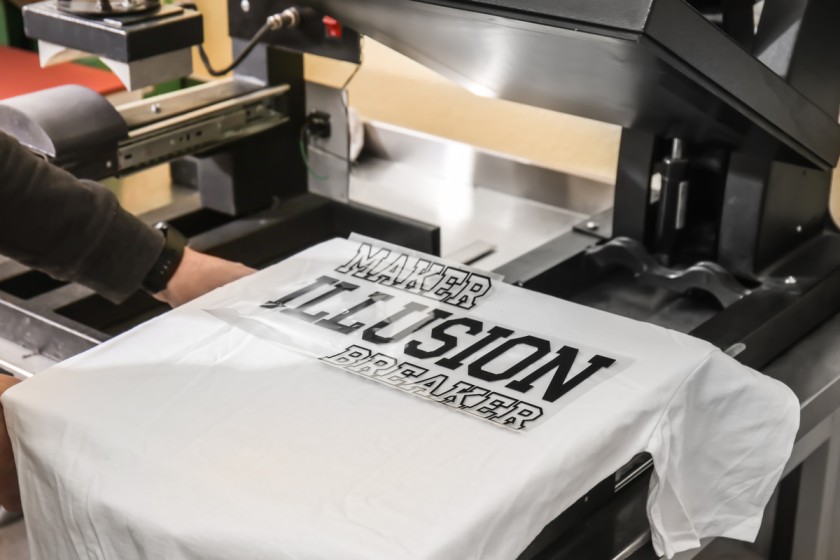
1. Printing in Full Colour
One also can print in full colour using white toner. So you don't have to think twice about printing colours on dark textiles.
2. Low upkeep
Digital printing doesn't show the usual flaws that show up in traditional printing. Most of the time, the printhead gets dry, clogs, and needs a costly repair. As a laser printer, it always makes high-quality prints every time it is used, which is why it is so good.
3. Avoid logistic issues
We can avoid several logistical challenges when we use digital transfer method, particularly when fulfilling orders offshore. Printed transfer sheets may be sent instead of printed t-shirts, and the heat press can be done locally. It will save you time, money, and energy. The best part about digital transfers is that you don't need a printer to do them. Purchase transfer sheets and press on any object.
4. Custom T-shirts
Customers may choose the size, colour, and design for their own customised t-shirts. There is a high demand for these kinds of personalised clothing.
Custom t-shirts are also a terrific way to show your staff how much you appreciate them. It fosters a sense of belonging and pride in representing the company. Employees that are proud of their job and identify with their company are more inclined to work harder.
Organisations can use custom tee shirts as prizes, gifts, or even as return gifts. They can be a really thoughtful gesture to appreciate their employees or customers.
5. Rapid results
Get quick results with digital T-shirt printing design. You may design and print it. Unlike other printing technologies, it has fewer stages.
6. Quality
Whether the item is light or dark coloured, hard or soft, and whether it is for a promotion, all types of fabric can be used to make a print on it.
7. Familiarity
No previous expertise is required to operate the Digital Transfer Printer and Heat Press. It doesn't occupy much space either. It may be readily set up in an office, business, or even at home. If you want to establish a home-based t-shirt company, there is no better way.
8. Not Just T-Shirts
You may offer your customers the following customised items.
● 100% Polyester Bags
● 100% Cotton Sportswear Bags
9. Costing
The cost of most DTG printers and a conventional commercial screen-printing setup is less than that of a toner. Whether you need to print huge images or a whole sheet of logos, Digital Transfer can help you make high-quality prints at a low cost.
10. No mowing or welding
You don't have to weld your pattern before pressing it on the material. This approach eliminates headaches. You can create bold, colourful images with NO weeding or cutting!
Conclusion
Start your own T-Shirt Printing Design company using Digital Transfer Solution. Even if there are alternative options, this strategy is required as the industry shifts from mass manufacturing to mass customization.
While both technologies provide ways to transfer a design onto a t-shirt or other product, screen printing and heat transfers are superior for various reasons. If you're printing bespoke designs with various names (like sports team jerseys), heat transfer may be the most cost-effective option; but, if you're printing a bigger order of the same picture and want a more lasting design, screen printing is likely your best alternative. It all depends on what you need and what is crucial to your target audience.
Fashniza is a platform that connects you to manufacturers that offer vivid and durable digital fabric printing on a variety of fabrics. We offer the highest quality of digital printing on stunning fabrics. Fashinza is a platform for B2B garment production. We assist clothing manufacturers in the production of their collections by linking them with suppliers. From design to delivery, we oversee the full manufacturing process our partners need to place the order. Our platform allows companies to place production orders for their collections and have them delivered, with the ability to track, interact, and make payments along the route. We make the tailoring process clear, fast, and more reliable for branded firms. To know more, get in touch with us today!















